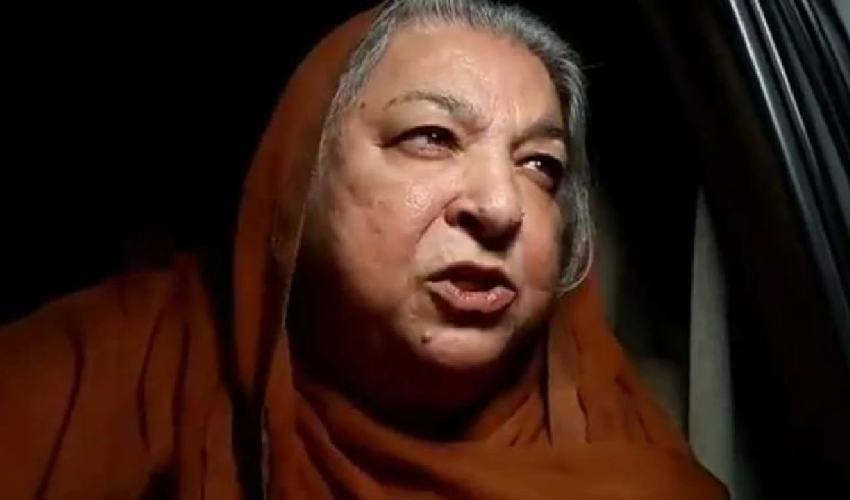Google's ever-expanding intra-language translation platform now supports over 100 languages thanks to AI and LLMs. The translation database has now included the Balochi language as well.
A blog published on Google's official website recently highlights the importance of Google Translate in boosting global connectedness, bridging language gaps, and improving cross-cultural understanding. Accessibility improvements have been made to the platform, which is well-known for incorporating state-of-the-art technologies.
Notably, Google Translate added 24 more languages in 2022 thanks to a ground-breaking method called Zero-Shot Machine Translation, which allowed translations without needing previous samples.
The "1,000 Languages Initiative," just announced, highlights Google's dedication to creating AI models that support the most widely spoken languages in the world.
The blog post noted, "Now, we're using AI to expand the variety of languages we support," highlighting the rollout of 110 additional languages, which is the platform's biggest expansion to date. Approximately 8% of the world's population, or over 614 million speakers, are going to benefit from this development. Major languages spoken worldwide and indigenous languages, some with few native speakers but active revitalization attempts, are among these languages.
Notably, the continent of Africa accounts for 25% of the newly added languages, making this Google Translate's largest language expansion in Africa to date. This varied update includes languages including Fon, Kikongo, Luo, Ga, Swati, Venda, and Wolof, demonstrating Google's dedication to linguistic tolerance and variety.
From Afar, the tonal language spoken in Djibouti, Eritrea, and Ethiopia, to Cantonese fulfilling a long-standing user request the newly supported languages span a broad spectrum. Furthermore, the language landscape made available by Google Translate is further enhanced by the addition of Manx, NKo, Punjabi (Shahmukhi), Tamazight (Amazigh), and Tok Pisin.
Google keeps working with linguists and local speakers to extend language variations and adjust to changing spelling patterns as technology advances.
These updates are compatible with the Google Translate app on iOS and Android, enabling smooth language translation and cross-cultural communication everywhere.



























